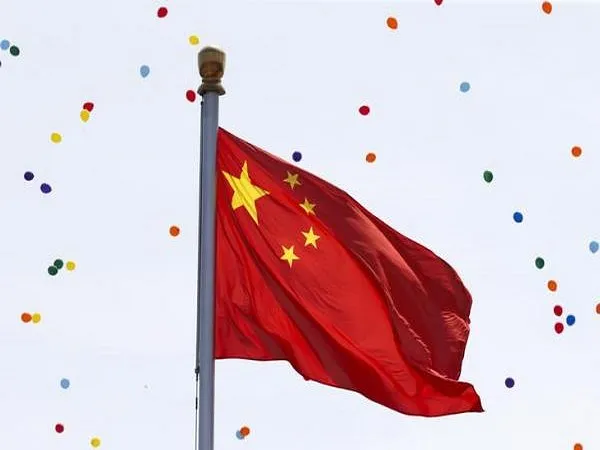Former Vice-Chairman of NITI Aayog Arvind Panagariya on Thursday said that China’s investment in Sri Lanka is a part of the Sri Lankan crisis, but it’s not the sole or the principal cause of the problem.
“China’s operations are not always transparent. As a result, countries certainly have suffered. Two examples are in our own neighborhood, i.e. both Pakistan and Sri Lanka. China’s investment into Sri Lanka is a part of the Sri Lankan crisis, but it’s not the sole or the principal cause of the problem,” said Panagariya, Former Vice Chairman, NITI Aayog in an exclusive interview to ANI.
Panagariya said, “Crisis in Sri Lanka happened due to its polices in the last 10 years. Sri Lanka went out on borrowing spree and the foreign debt almost doubled in relation to the size of the economy. It is a very large foreign debt. A lot of this debt was borrowed from a private market by the Sri Lankan government. Also, it seems that whatever was borrowed was not reused very prudently.”Panagariya said that per capita income of Sri Lanka is quite high.
“It is somewhere between one and a half to two times of India’s per capita income. So, in this sense, Sri Lanka somewhat has a richer economy and the scope for recovery is good. I still remain optimistic that once they have a stable government put in place, situation will begin to change for the better,” he said.
Panagariya said that Pakistan is also having problems that is not quite as severe as in Sri Lanka, but certainly the Pakistani rupee also has depreciated quite dramatically.
“Pakistan is also facing foreign exchange problems and having difficulty obtaining foreign exchange from various countries. So, certainly they also have difficulties but their difficulties are not so severe as those of Sri Lanka. If I was advising the Pakistan government, I would try to take lessons from what happened in Sri Lanka,” he said.
Responding to a question on rupee touching as low as 79.88 against a US dollar, former NITI Aayog chief said, “We need to let the rupee depreciate because the currencies of our competitors have depreciated. So till today, you know, our depreciation had been somewhere around about 6 per cent. But even European Union’s currency Euro has depreciated as much as 12 per cent. China’s currency also depreciated more than ours. So it makes our goods less competitive. That’s one factor.””The second factor is that in the process of keeping the rupee rate from depreciating, Reserve Bank of India has been using our foreign exchange reserves. What is happening in the market is that interest rates in the United States have risen. So, a lot of the investments that are in India, they want to come out of India, go to the United States and get higher return higher interest rates. So, when that happens, you know, there is a lot of demand for dollars.””So, as this demand for dollar against rupee is high, there are only two possibilities. One is that the Reserve Bank of India, at the going exchange rate, provides those dollars and absorbs the rupee and the foreign investors are going to give out to convert them into dollars. If that is done, then we lose our foreign exchange reserves.”Talking about the retail inflation, Panagariya said that it currently it’s about 7 per cent monthly inflation rate and the latest figure has come down a little bit. May inflation itself was a little lower than what it was in April. So, the trend kind of is what’s downward, he said.
“I think in the coming months, we will see a little more improvement because at least a significant part of the food inflation is coming from vegetables and fruits and vegetables. I think next crop of fruits and vegetables is right around the corner. So that should also help. Look at United States where inflation rate was at 9.1 per cent in June thereby increasing the risk of a possible recession,” he said.

